Carl McCunn, a wildlife photographer from Anchorage, Alaska, went on a solo camping trip in March 1981. Born in Munich, Germany, on January 25, 1947, he loved capturing nature’s beauty. His trip took him to a lake 225 miles northeast of Fairbanks, near the Coleen River and Brooks Range.
McCunn was familiar with the Alaskan wilderness, having spent five months in the Brooks Range in 1976. He arrived at the remote lake with 500 rolls of film, 1,400 pounds of food, two rifles, and a shotgun. He planned to spend five months photographing wildlife. But, this trip turned out to be a tragic story of survival and his death.
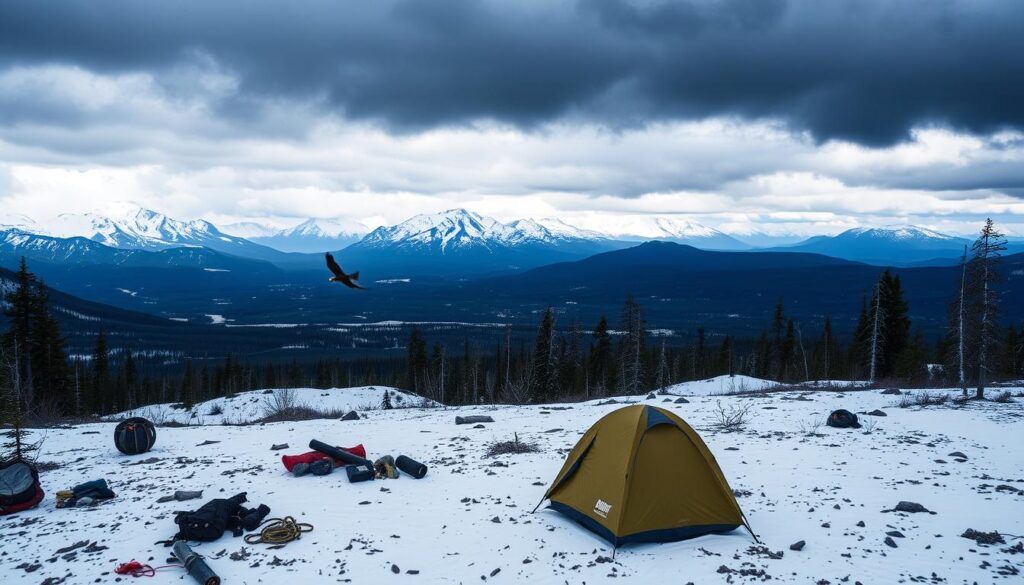
The photographer hired a bush pilot to drop him off at the secluded lake. He planned to be picked up in August. But, as the months went by, McCunn found himself stranded. He faced challenges that tested his will to survive in the harsh Alaskan wilderness.
Carl McCunn: A Talented Wildlife Photographer
Carl McCunn was a wildlife photographer from Anchorage, Alaska. He was known for his amazing photography skills and love for nature. Born on January 25, 1947, in Munich, Germany, he grew up in San Antonio, Texas. He then served in the United States Navy for four years before moving to Anchorage in 1970.
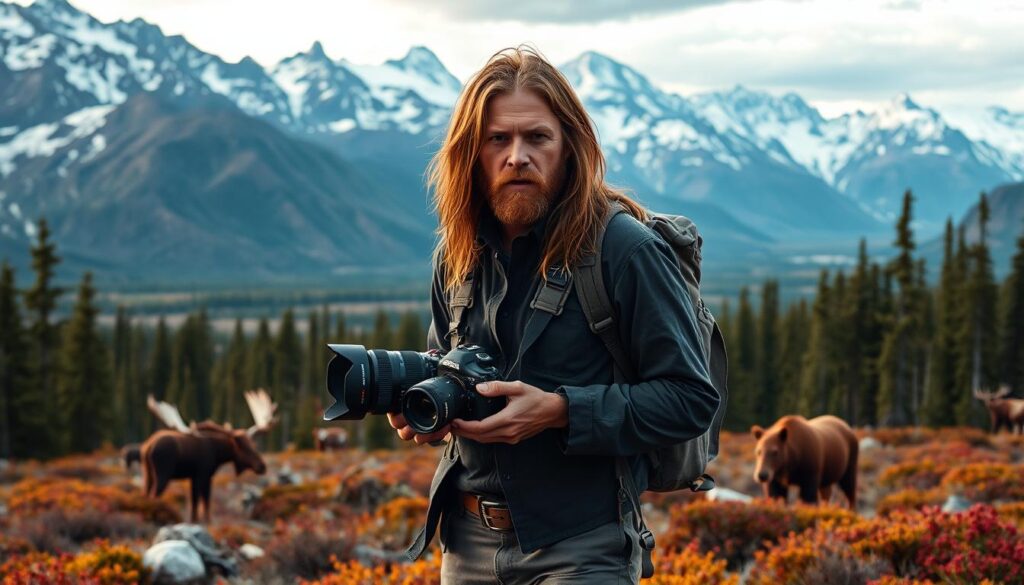
McCunn loved photography and the outdoors. He went on many adventures in Alaska. His talent allowed him to take stunning pictures of the state’s wildlife, like bears and wolves.
Living in Anchorage, McCunn had access to untouched areas. He would go into the wilderness with his camera and a deep respect for nature. His photos showed the beauty and power of Alaska’s landscapes.
McCunn’s love for nature went beyond photography. He loved hiking, camping, and exploring Alaska’s rugged terrain. He shared his passion with others, inspiring them to care for nature.
Planning the Alaskan Excursion
Carl McCunn, a 35-year-old wildlife photographer, carefully planned his trip to the remote Alaskan wilderness. He booked a bush pilot to drop him off at a secret lake, about 225 miles northeast of Fairbanks. McCunn packed a lot, including 500 rolls of film, photography gear, and 1,400 pounds of food like rice and beans.
He also brought two rifles and a shotgun. This was all part of his plan to capture the beauty of the Alaskan wilderness.
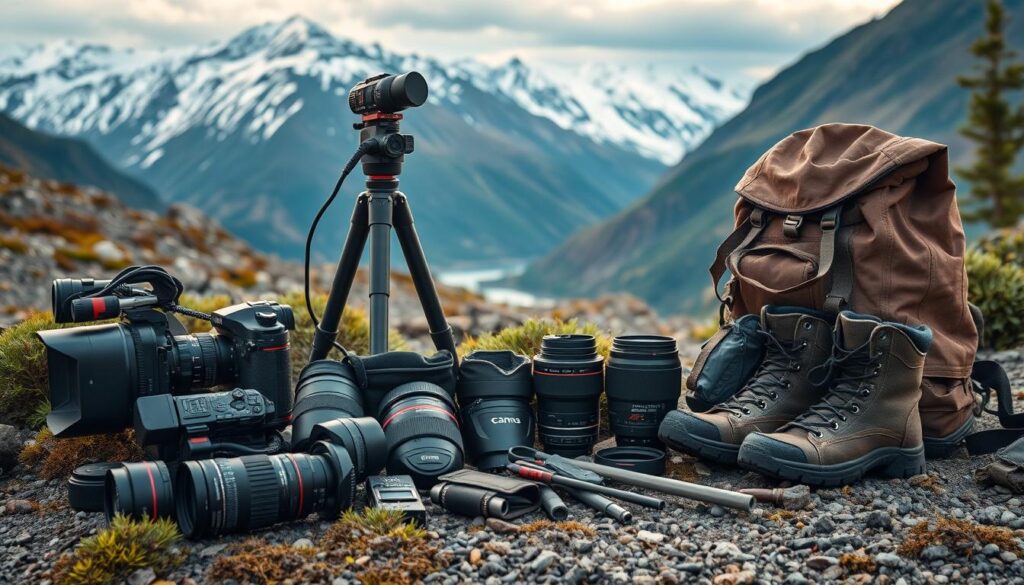
But, McCunn made a big mistake in planning his return. He thought a friend, who was also a pilot, would pick him up in August. Unfortunately, no solid plans were made, leaving him exposed to the harsh Alaskan wilderness.
McCunn had experience in the Brooks Range in 1976, where he spent five months. This experience might have made him think he could handle the Alaskan wilderness alone. But, the wilderness proved to be a tough challenge, even for someone with his background.
The Fateful Trip Begins
In March 1981, Carl McCunn started a journey into the Alaskan wilderness. He was looking for peace and amazing wildlife photos. McCunn set up his camp by an unnamed lake, surrounded by dense forests and snow-capped mountains.
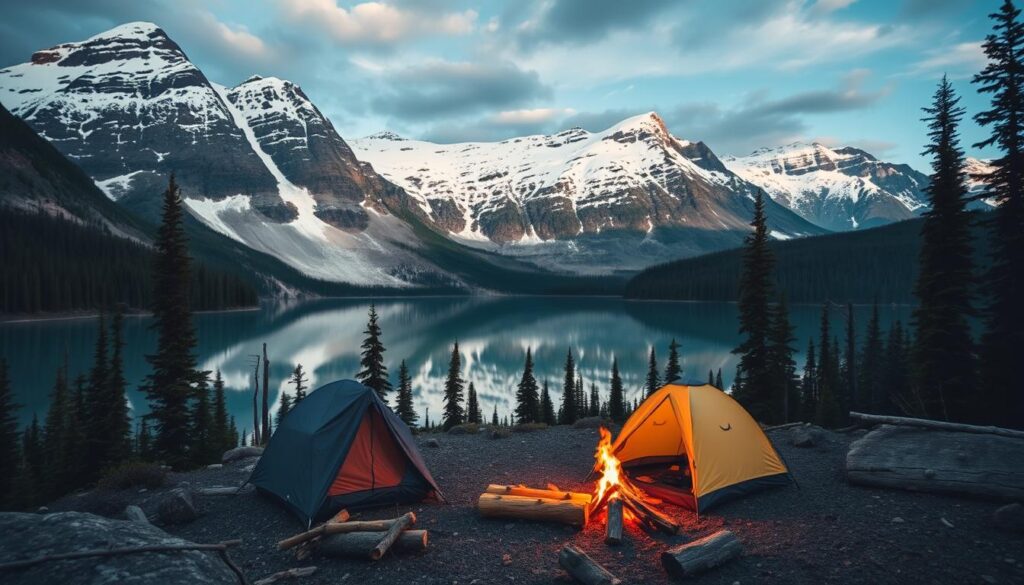
For five months, McCunn lived in the quiet of the wilderness. He focused on his photography, capturing beautiful images of local animals. With 20 years of mountain climbing, he was ready for the Alaskan backcountry.
McCunn enjoyed the quiet and the chance to step away from the world. The untouched landscapes and wildlife inspired his photography. He was excited for the incredible photos he would take.
But McCunn’s trip would soon take a tragic turn. It would change his life and leave a mark on those who heard his story. The peace he sought would test his strength and survival skills in harsh nature.
Stranded in the Alaskan Wilderness
Carl McCunn was excited for his friend’s arrival in August. He had been taking photos of wildlife for five months at a remote lake. But, a tragic mistake meant his friend never came, leaving McCunn alone in the vast Alaskan wilderness.
He was far from civilization, 225 miles northeast of Fairbanks, near the Coleen River. The area had no phones, roads, or rangers. McCunn had 1,400 pounds of food, two rifles, and a shotgun, but the reality of his situation was starting to hit him.
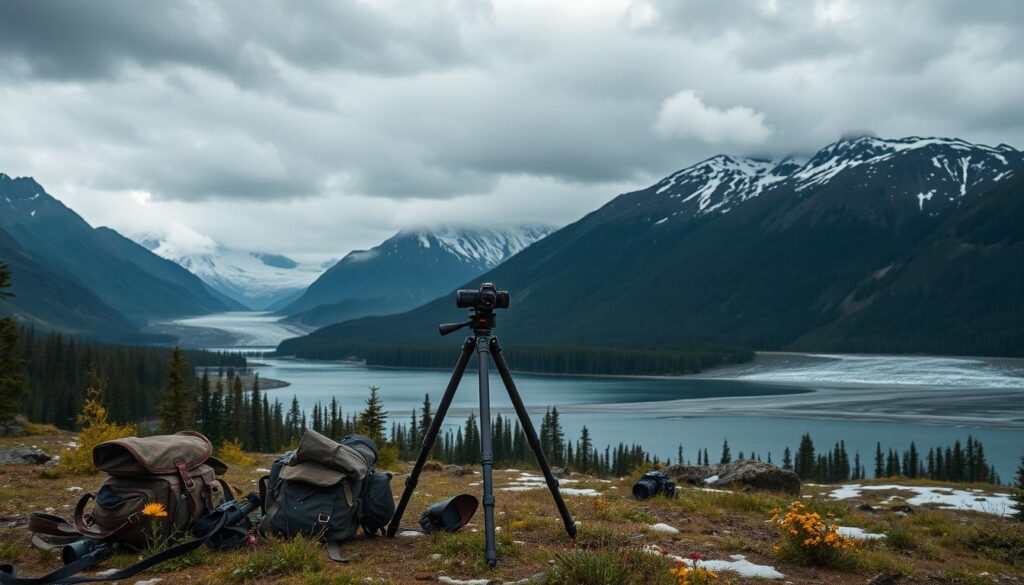
Weeks went by, and McCunn realized he wasn’t just waiting for a delayed pickup. The wilderness, once beautiful, now felt endless and isolating. With no phone and Fort Yukon 75 miles away, he was in a desperate fight for survival.
The harsh Alaskan wilderness pushed McCunn to his limits. He had planned to stay until early August but now faced an uncertain future. McCunn knew he had to use his intelligence and resources to make it through this ordeal.
Realizing the Gravity of the Situation
Carl McCunn realized his grave situation as days went by without the plane’s arrival. His supplies were running low, and the Alaskan wilderness was harsh. He faced the reality of survival in a tough environment.
In his diary, McCunn regretted not planning better for his departure. He had thought the wilderness was easier than it was. Now, he hoped his family or friends would send someone to find him.
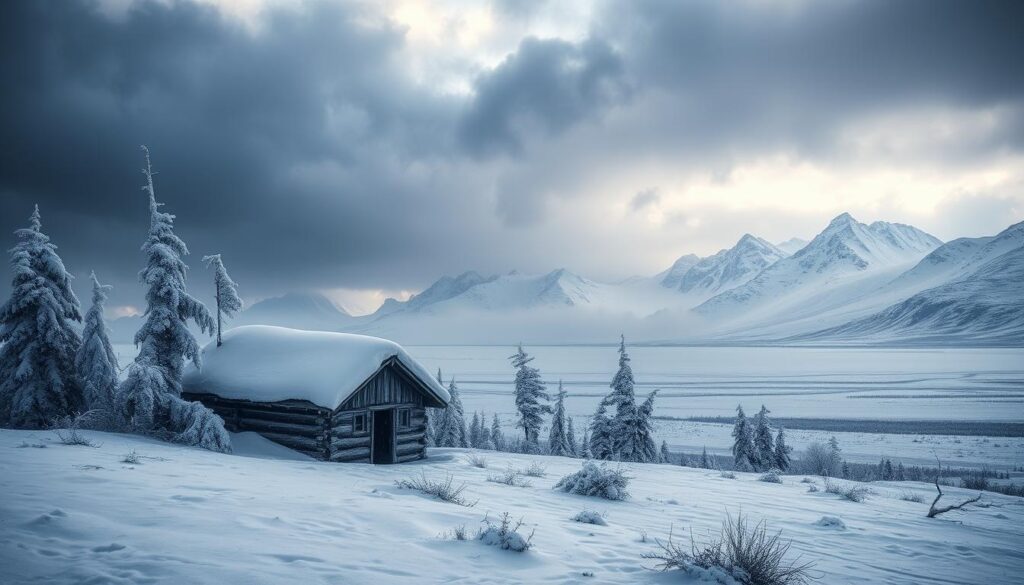
Over 15 years, many young men underestimated the Alaskan wilderness. McCunn’s story was not alone. Some never returned from their adventures.
Gene Rosellini tried to live off the land in Cordova. He found it impossible. John Mallon Waterman, a skilled climber, also faced a tragic end in the wild.
McCunn faced the harsh truth of survival in Alaska. With little food and no rescue in sight, his chances of survival were fading fast.
The Struggle for Survival
Carl McCunn found himself stranded in the harsh Alaskan wilderness. He had to fight for survival with little food and harsh weather. McCunn tried to hunt ducks and muskrats to find more food.
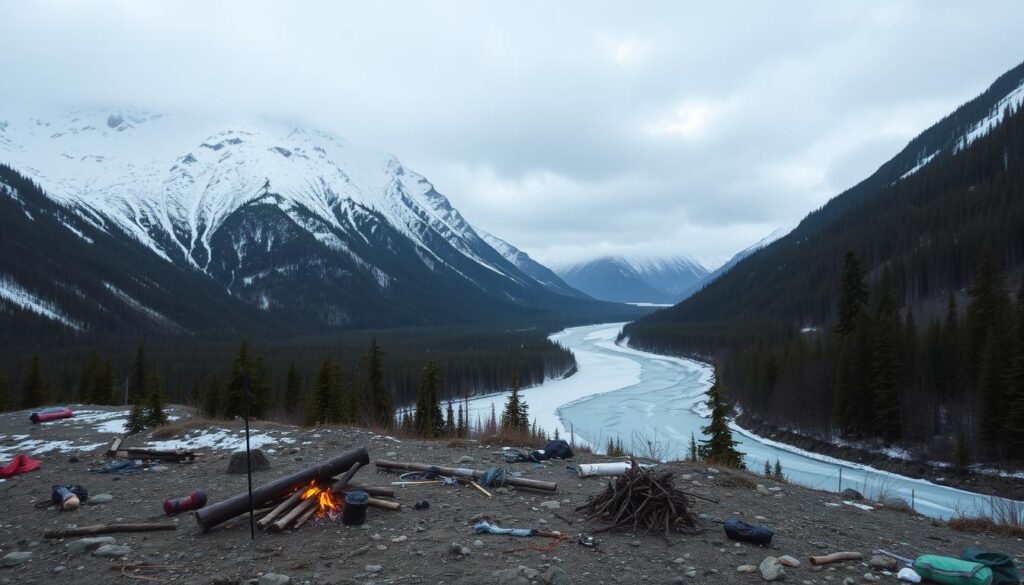
McCunn even dried a caribou’s flesh to save meat. But hunting and foraging in such a tough terrain was hard. As weeks passed, McCunn’s strength and hope for rescue faded.
The Alaskan wilderness was unforgiving. Temperatures dropped, and the land turned into a frozen tundra. Finding food and shelter became a huge challenge. The wildlife seemed to disappear, leaving McCunn with few ways to survive.
With less food, McCunn had to eat very little. He survived on dried meat and berries. The struggle took a toll on his body and mind, making it hard to keep going.
A Glimmer of Hope: The Overflying Aircraft
Carl McCunn felt a glimmer of hope when an airplane flew over his campsite in late August. The Alaska State Trooper, not knowing McCunn was in trouble, flew by without realizing he needed help.
McCunn waved at the plane, not knowing the right signal for help. This mistake made the trooper think McCunn was okay. If McCunn had signaled correctly, his rescue might have come sooner.

The passing plane was a chance for rescue, but the wrong signal was a missed opportunity. McCunn’s friendly wave was misunderstood by the trooper. He kept going, leaving McCunn to face the wilderness alone.
This shows how vital it is to know how to signal for help in the wilderness. If McCunn had known the right signal, his story could have ended differently.
The Diary: A Chronicle of Despair
Carl McCunn kept a 100-page diary during his time in the Alaskan wilderness. It started with excitement, as he admired the wildlife and scenery. But as he became more isolated and desperate, his diary turned to despair.
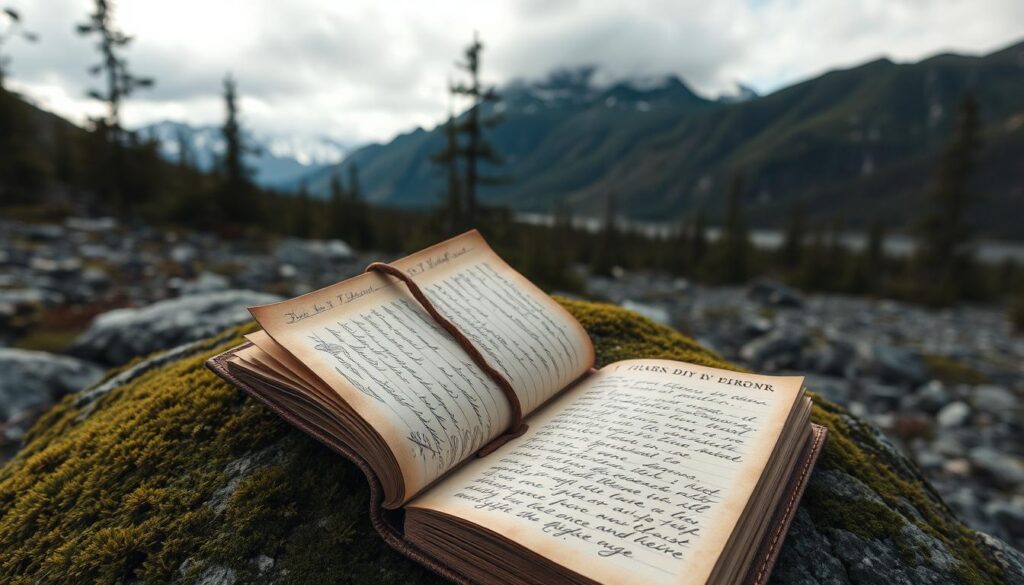
McCunn shared his innermost thoughts in his diary. He wrote about the mental battle he faced, fearing he might never be rescued. His words show the psychological impact of being alone in such a harsh place.
As his food ran out and no help came, his diary became his only connection to the outside world. He wrote about trying to signal planes and his disappointment when they ignored him. He also regretted throwing away his shotgun shells, which could have helped him survive.
His diary is a powerful reminder of human strength in the face of hardship. It also warns about the need for proper planning and communication in the wilderness. McCunn’s diary gives us a glimpse into his fight for survival against nature’s cold indifference.
The Discovery of McCunn’s Campsite
Nearly six months after Carl McCunn was expected back from Alaska, a discovery was made. On February 2, 1982, a plane with State Troopers landed near McCunn’s campsite. They were checking on him. What they found was a haunting scene that told of McCunn’s final days.
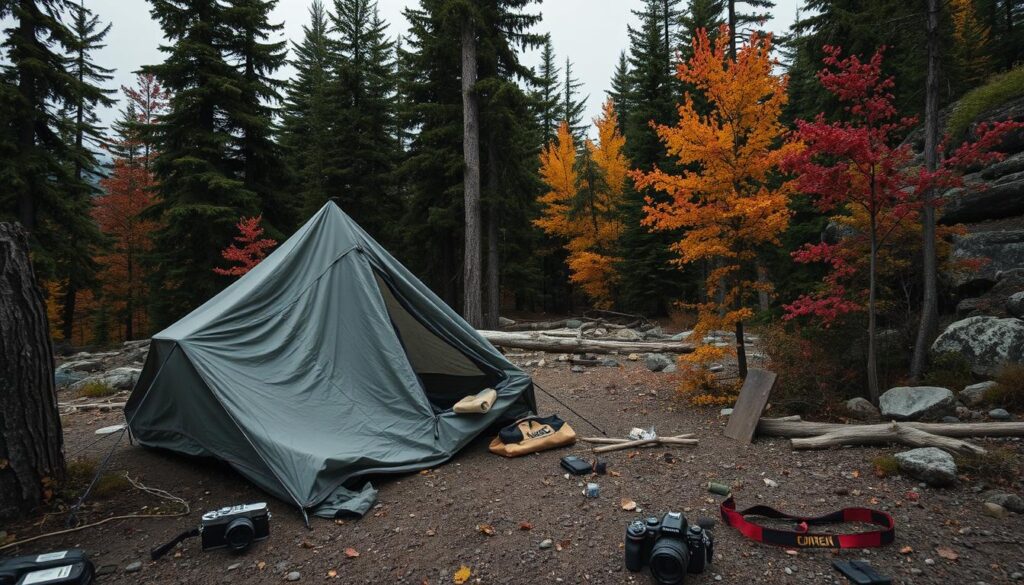
The search party found McCunn’s body, emaciated and frozen, in his tent. It was a tragic finding that confirmed the worst fears of his friends and family. Alongside his remains, the State Troopers found McCunn’s diary. It provided a chilling account of his struggle for survival in the Alaskan wilderness.
The diary told of McCunn’s desperate attempts to find food and his battles with frostbite. It also showed his dwindling hope as the days turned into weeks and months. It was a poignant reminder of the dangers in the untamed corners of the world.
The discovery of McCunn’s campsite and the details in his diary serve as a cautionary tale. It highlights the need for thorough planning, adequate supplies, and reliable communication in wilderness expeditions. McCunn’s story is a somber reminder that even the most beautiful landscapes can hold hidden dangers for the unprepared.
Piecing Together the Tragic Story
In July 1982, a coroner’s inquest was held to understand the tragic events leading to Carl McCunn’s death in the Alaskan wilderness. The investigation focused on diary excerpts found at McCunn’s campsite. These excerpts gave a chilling view of his fight for survival.
The inquest showed how miscommunications and lack of preparation led to McCunn’s death. The diary, spanning 113 days, showed McCunn’s battle against harsh elements and dwindling supplies. His words, both haunting and poignant, revealed his mental and physical decline as he waited for a rescue that never arrived.
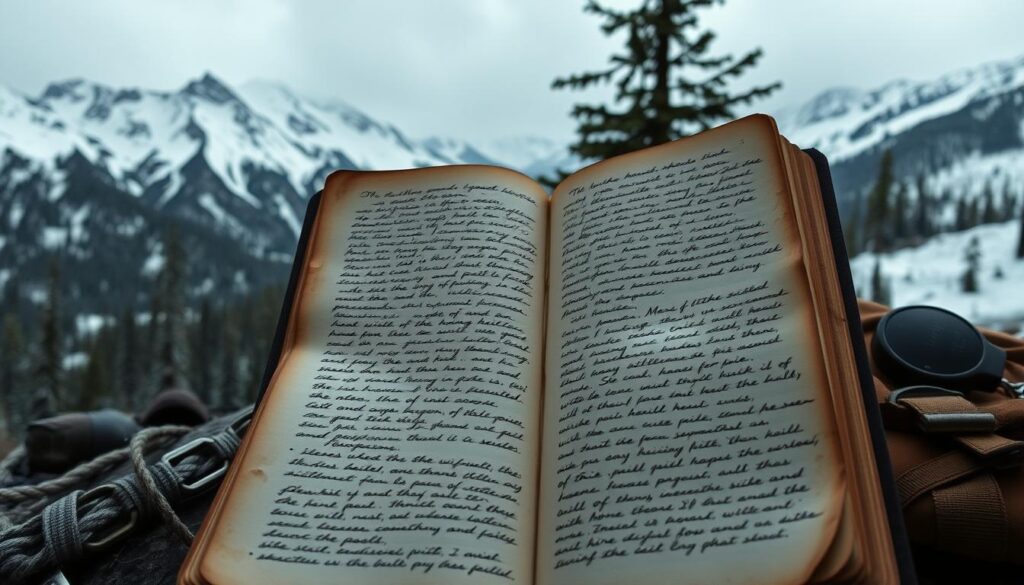
The investigation stressed the need for thorough planning and clear communication in wilderness adventures. McCunn’s story warns of the Alaskan wilderness’s harshness and the importance of careful preparation and backup plans.
As Carl McCunn’s tragic story was revealed through the inquest, it became clear that his fate was sealed by mistakes and miscommunications. The diary excerpts, now a testament to his ordeal, serve as a warning for those attracted to Alaska’s wild beauty.
Lessons Learned from McCunn’s Ordeal
Carl McCunn’s tragic story teaches us the importance of preparation, communication, and emergency planning in wilderness adventures. His experience shows the need for a clear exit plan, regular updates with family, and knowing how to signal for help in emergencies.
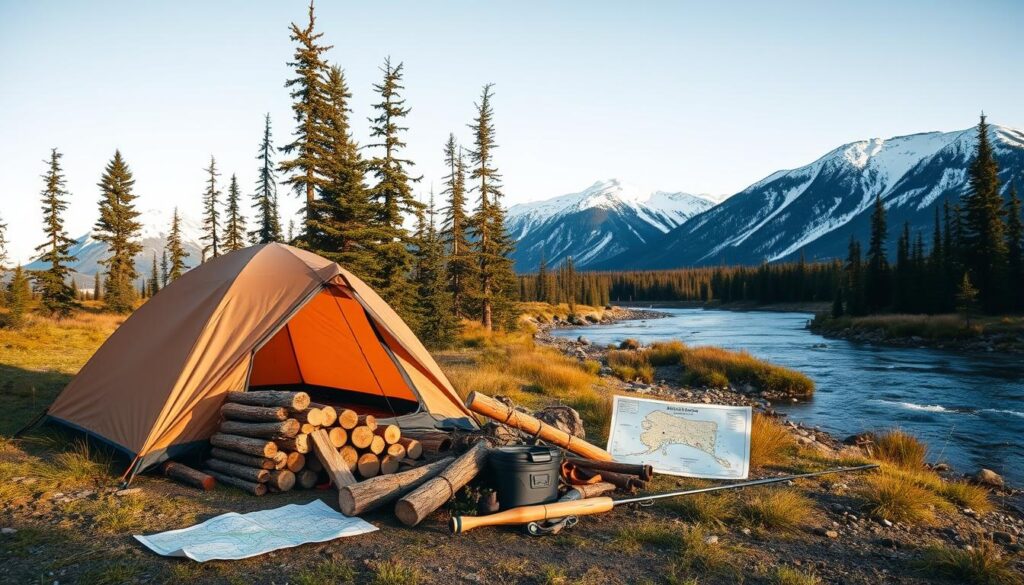
One major lesson learned is the need for detailed planning before heading into the wild. This means researching the area, understanding risks, and having the right skills, gear, and supplies for survival.
Good communication is key to wilderness safety. It’s important to share your plans with others, including your route, timeline, and expected return. Having a reliable way to communicate, like a satellite phone, can be a lifesaver in emergencies.
Having a strong emergency plan is essential. This includes knowing how to signal for help, carrying a first-aid kit, and having survival skills until help arrives. Being mentally ready for challenges and isolation is also important.
By following these lessons and focusing on safety, adventurers can reduce risks and make their wilderness experiences positive and enriching. McCunn’s story reminds us of the wild’s dangers and the need for thorough preparation before venturing into the backcountry.
Remembering Carl McCunn
Carl McCunn’s story is a cautionary tale for all who love the outdoors. His legacy lives on through his amazing wildlife photos and his bold spirit. He was passionate about Alaska’s wild beauty, which led him on a solo journey that sadly ended his life.
Born on January 25, 1947, in Munich, Germany, McCunn loved nature from a young age. In 1976, he spent five months in the Brooks Range, perfecting his wilderness photography. This experience inspired his 1981 trip to a remote lake in Alaska, about 225 miles northeast of Fairbanks.

McCunn’s story teaches us about the need for careful planning and communication in the wilderness. He entered a remote area with limited supplies and no pickup plan, leading to his death. His story warns us to always be cautious and prepared when facing nature’s challenges.
Even though McCunn’s life was short, his work lives on. His photos show the beauty of Alaska’s wilderness and its wildlife. Remembering Carl McCunn, we celebrate his adventurous spirit and the impact he made on wilderness photography.
The Allure and Dangers of Alaska’s Wilderness
Alaska’s wilderness draws in adventurers and photographers with its untouched beauty. It offers vast forests, towering mountains, and clear lakes. For many, like Carl McCunn, capturing this beauty through photography is a must.
But, as McCunn’s story shows, Alaska’s wilderness has its dangers. The terrain, weather, and isolation can be tough. In November 1991, McCunn died in his shack, unable to handle the cold and loneliness.
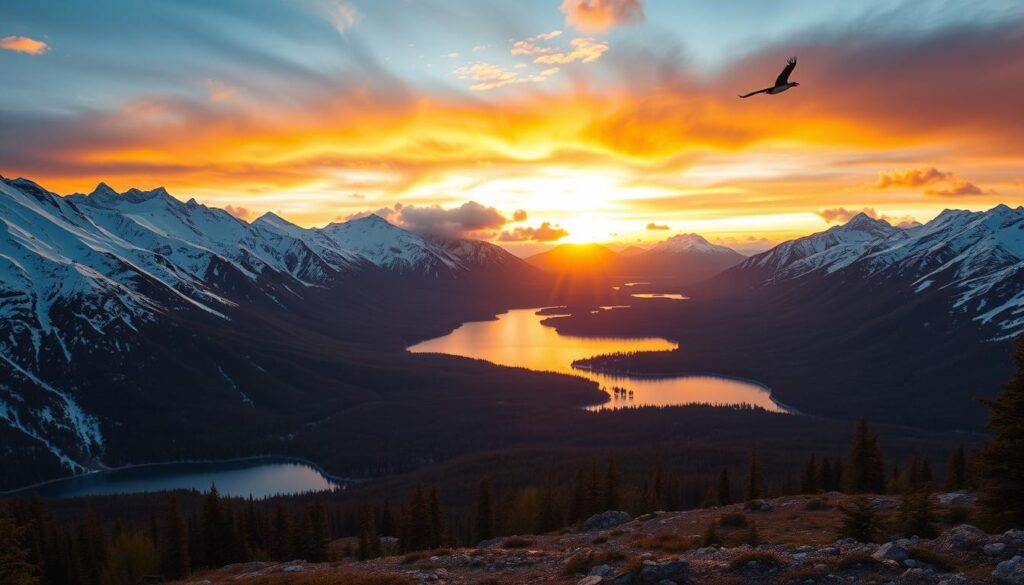
To safely explore Alaska, you need survival skills. Skills like building shelters, starting fires, and finding food are key. Being prepared and respecting nature’s power is vital.
The beauty of Alaska’s wilderness is hard to resist, but caution is key. Stories like McCunn’s remind us of the wilderness’s power. By learning from these stories and being safe, we can enjoy Alaska’s beauty for years to come.
Wilderness Survival Tips for Photographers and Adventurers
Photographers and adventurers planning to explore remote wilderness areas need to prepare well. Research the area’s climate, terrain, and hazards before you go. Pack the right gear, like a good tent, sleeping bag, first-aid kit, and enough food and water for your trip.
Learning basic wilderness survival skills is essential. Know how to start a fire, purify water, navigate with a map and compass, and build a shelter. Taking a wilderness first-aid course is also smart. This way, you’re ready for any medical emergencies.
Having a good communication plan is key. Get a reliable satellite phone or emergency device. Also, tell a trusted friend or family member your itinerary. Include your route, campsites, and when you’ll return. This info is vital if you need help.
Remember, safety always comes first. No photo is worth risking your life. By following these tips and respecting nature, you can enjoy the wild safely.
